Fendi celebrates traditional Italian craftsmanship with new project
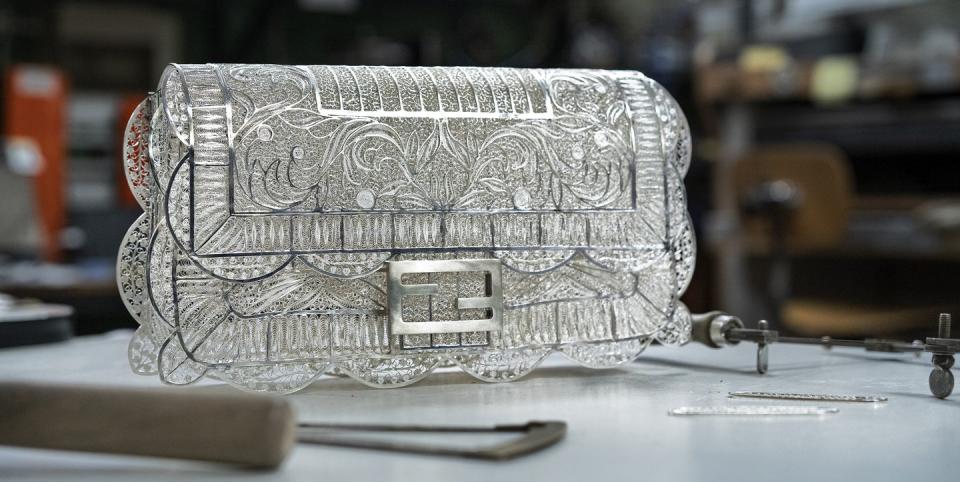
Fendi is celebrating and supporting traditional Italian craftsmanship with a new project, which spotlights local family-run businesses.
'Hand in Hand' is a grassroots partnership with artisans across Italy, with the aim of showcasing their expert skills and specialities - from tapestry weaving to leather moulding and brocade embroidery. Each atelier has designed a limited-edition version of Fendi's most iconic bag - the Baguette, first designed by creative director Silvia Venturini Fendi in 1997 - transforming it from an accessory into a work of art.
Only 20 of each bag will be produced, with a stamp of that atelier's name and location featured inside, alongside the gold Fendi 'Hand in Hand' logo.
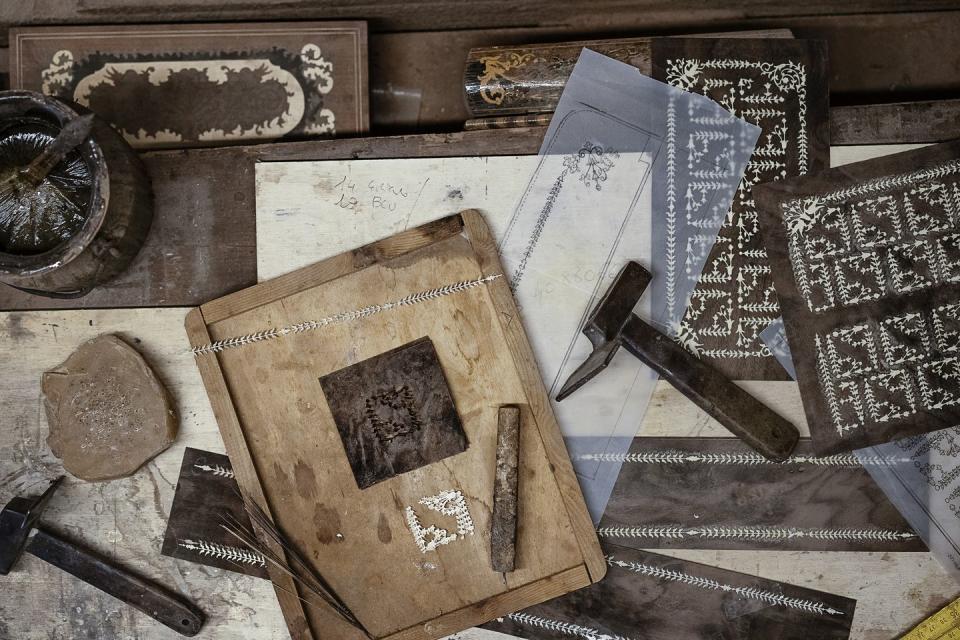
"I am developing this special project with Italian artisans, each one selected from a different Italian region," explains Venturini Fendi. "My aim now is to explore every Italian region and select the best artisans still working today - and then expand the project worldwide."
The project forms part of Fendi's commitment to supporting Italian craftspeople across the country - those who are keeping traditional processes and techniques alive - and sharing their work on an international scale.
We have exclusive video footage from six of these skilled artisans. Find out more about them, below:
Mosaic tilework
The Byzantine tradition of hand-cut mosaic tiling dates back to the 5th and 6th centuries; the art of assembling tiny pieces of glass or ceramic to form patterns and pictures. In the city of Ravenna in the Emilia Romagna province, the Akomena Spazio Mosaico workshop has continued this practice since the late 1980s.

Bandera embroidery
The Piedmont region, on the Franco-Swiss border, is the home of 'bandera' embroidery, a colourful style of raised wool and cotton thread embroidery on white honeycomb fabrics known as 'painting with a needle'. It was traditionally used throughout aristocratic homes to decorate tableware, curtains, pillowcases and bed trimmings. Since 1992, Pralormo Design has worked to rejuvenate this centuries-old craft.
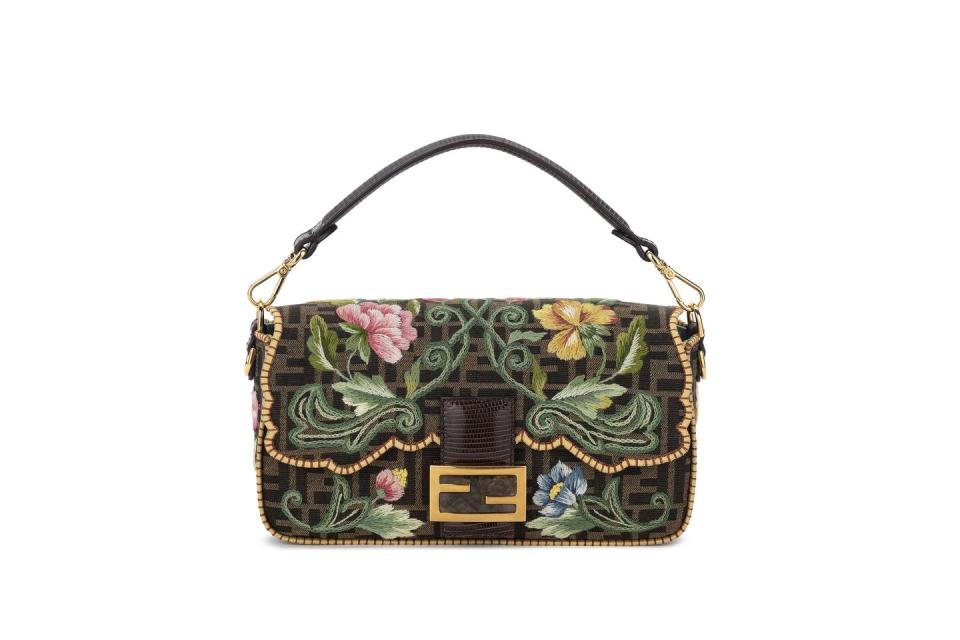
Hemp weaving
In northwestern Italy, a small alpine commune called Champorcher in the Aosta valley, has revived the hand-weaving of local natural textiles, namely undyed hemp embroidered with traditional red motifs - a family tradition that closely resembles cross-stiching. The skill has been continued by the Lou Dzeut women's co-operative since 1989.
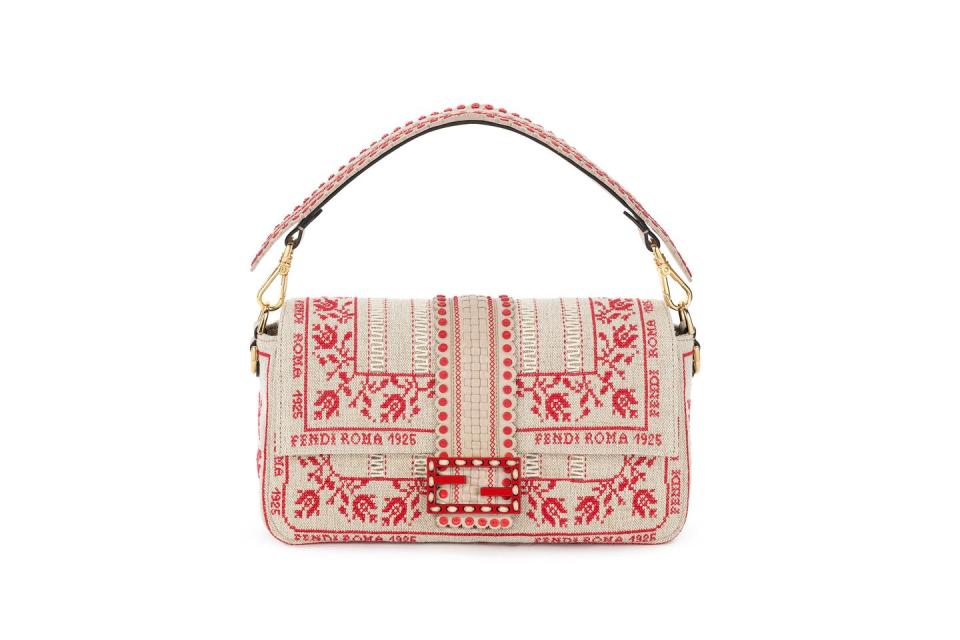
Filigree silverwork
The medieval tradition of filigree silverwork is alive and well in the town of Campo Ligure, just outside Genova on the coast of Liguria. More than 30 workshops, including the Effe-Erre atelier, still continue the meticulous practice of decorative folded silver thread to create 'lace' frames and caged designs.
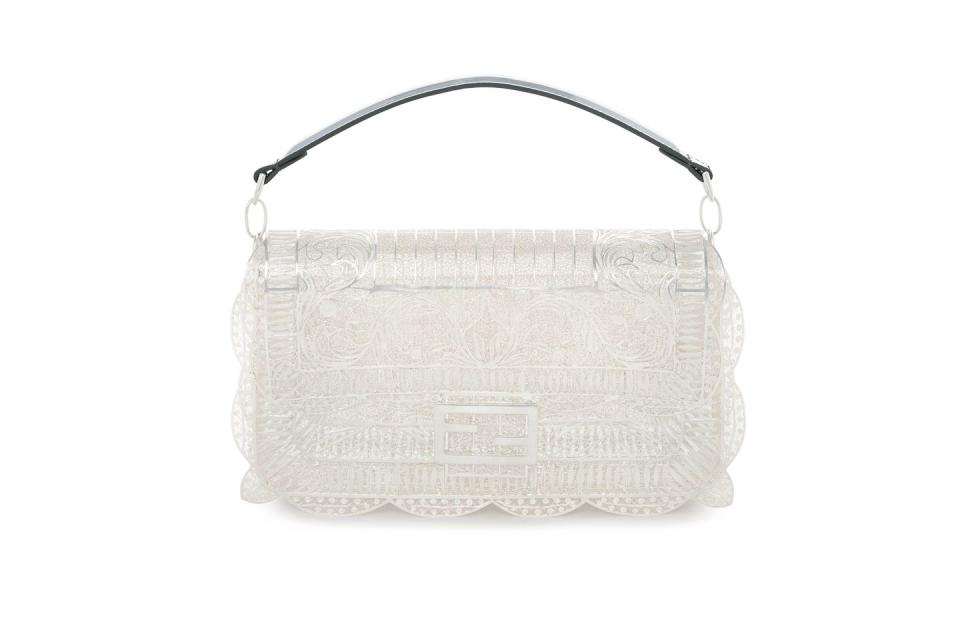
Quillwork embroidery
Close to the Austrian border, the alpine region of Trentino Alto Adige is home to an ancient tradition of peacock feather 'quillwork' embroidery - the skill of artistically decorating leather with split feather shafts. The craft has been used since the Middle Ages, most commonly reserved for decorative belts, shoes and saddle bags. The third-generation Federkielstickerei Thaler atelier is keeping this technique alive today.

Inlaid woodwork
An intricate technique of inlaid woodwork, known as tarsia sorrentina, has been found in Benedictine monastries in Campania, Sorrento, since the 6th and 7th centuries. The delicate craft sees artisans cut and set fine pieces of contrasting wood in tabletops, jewellery boxes, picture frames and other such objects. Today this is still practised by Stinga Tarsia, a family-owned workshop in the heart of Sorrento.
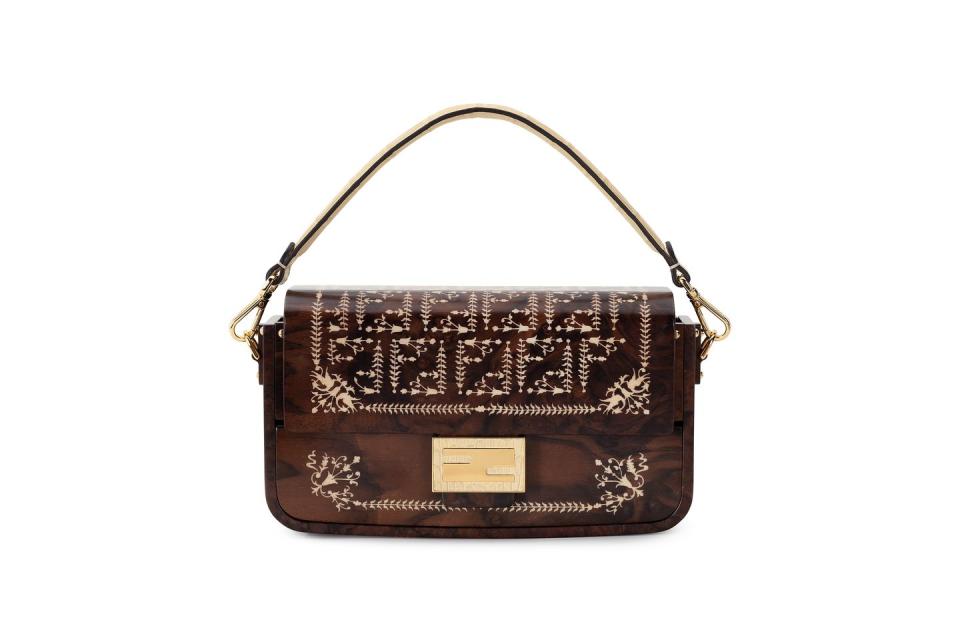
You Might Also Like

